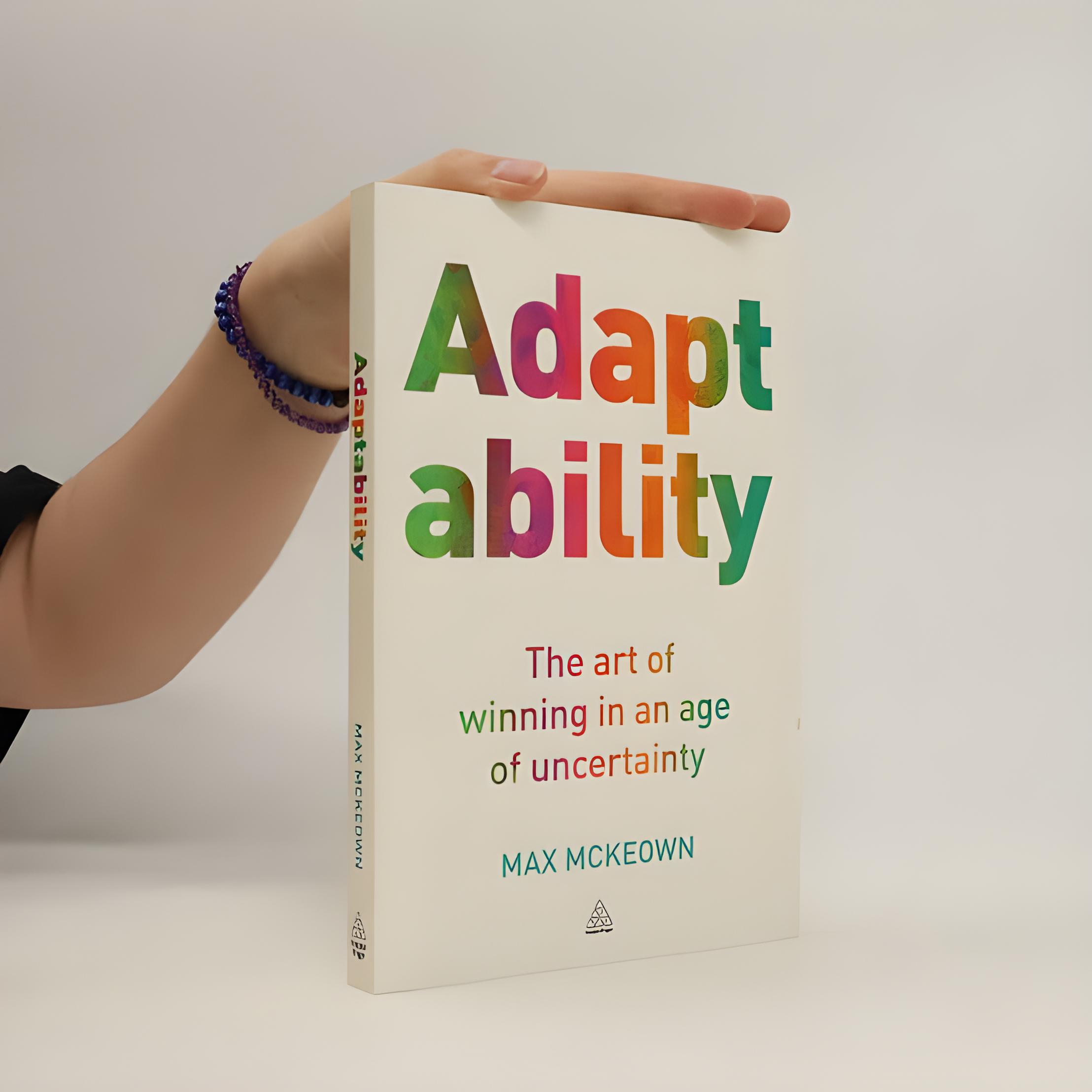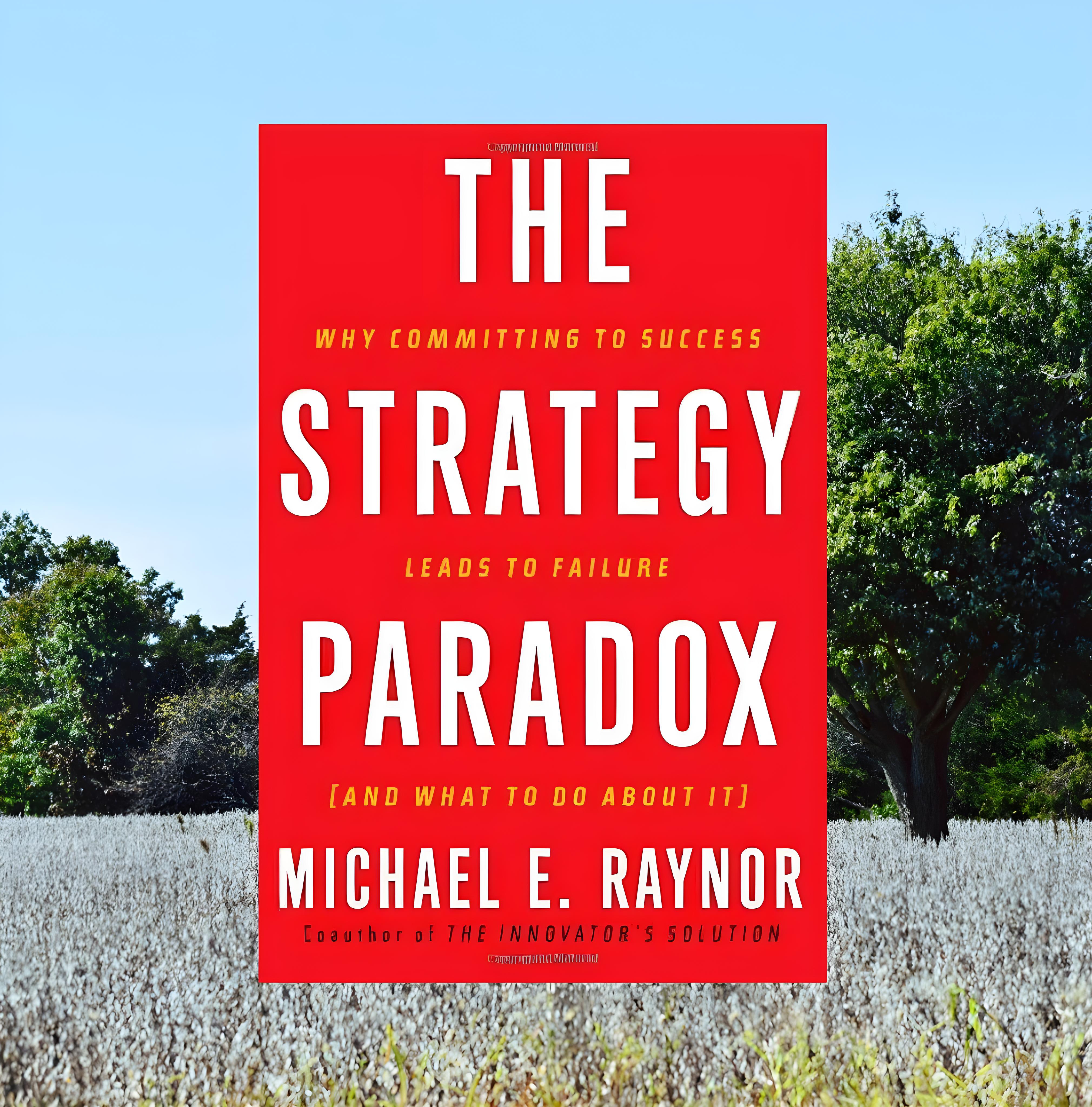Back
SHIV DIXIT
CHAIRMAN - BITEX IND... • 1y
📖 DAILY BOOK SUMMARIES 📖 🔗 DIRECT FREE E-BOOK DOWNLOAD LINK AVAILABLE — https://drive.google.com/file/d/1XfwwZfSG6euVSypoZhNTseSD4EZNgeju/view?usp=drivesdk 🔥 Adaptability : Winning Uncertainty 🔥 🚀 20 Lessons By 👉 ✨ Max McKeown ✨ 1. Adaptability as a Core Skill: • Emphasizes that adaptability is essential for personal and professional success in changing environments. 2. Difference Between Flexibility and Adaptability: • Flexibility involves bending without breaking; adaptability involves evolving to meet new challenges. 3. Adaptive Intelligence: • Using creativity and practical thinking to solve new and unforeseen problems effectively. 4. Proactive vs. Reactive Adaptation: • Successful individuals and organizations anticipate change and prepare proactively rather than just responding reactively. 5. Embracing Change: • Viewing change as an opportunity for growth rather than a threat helps drive innovation and resilience. 6. Experimentation and Learning: • Encourages trying new approaches, learning from outcomes, and iterating as a path to improvement. 7. Mindset Shifts: • Cultivating an open-minded and curious approach to foster adaptability in various situations. 8. Breaking Habits: • Recognizing and challenging routines or mindsets that inhibit growth and adaptability. 9. Adaptation Requires Action: • Adaptability is not just about thinking but involves taking actionable steps to pivot when necessary. 10. Collaboration and Diverse Perspectives: • Leveraging different viewpoints and skills within teams to enhance adaptive thinking. 11. Strategic Adaptation: • Adapting strategies without losing sight of long-term goals helps maintain alignment amid changing conditions. 12. Resilience in the Face of Setbacks: • Building resilience to recover and adjust after failures or challenges. 13. Continuous Skill Development: • Investing in learning and development to stay adaptable to new tools, technologies, and methods. 14. Adaptation in Leadership: • Adaptive leaders inspire and guide teams through change by modeling flexible behavior and thinking. 15. Customer-Centric Adaptation: • Organizations that adapt based on customer feedback and needs are more successful. 16. Balancing Stability and Change: • Striking the right balance between maintaining core values and adapting processes as needed. 17. Innovative Thinking for Adaptation: • Encouraging brainstorming and creative solutions to push boundaries and adapt effectively. 18. Decision-Making Under Uncertainty: • Strengthening the ability to make informed decisions even when complete information isn’t available. 19. Adapting to Technological Advances: • Keeping pace with technology to remain competitive in a rapidly evolving landscape. 20. Adaptability as a Culture: • Building an adaptive culture within organizations where change is embraced and supported by all levels.

Replies (42)
More like this
Recommendations from Medial
Vivek Joshi
Director & CEO @ Exc... • 5m
Dive into the essence of successful leadership with our latest video! Discover the power of Visionary Leadership through the eyes of Elon Musk and learn why a clear and compelling vision is crucial. Explore Resilience & Adaptability, as demonstrated
See MoreAsutosh Behera
Botany meets Brains,... • 3m
Every plant seed is a startup. Most seeds never make it past germination. But a few survive the odds, grow their roots and rewrite the entire landscape. In business as well as in forest survival is not just luck, but it is adaptation resilience and t
See MoreVedant SD
Finance Geek | Conte... • 1y
Day 67: The Art of Pivoting: Adapting and Thriving in Bengaluru's Startup Ecosystem Pivoting is a common occurrence in the startup world. It's about adapting your business model or product to align with changing market conditions, customer needs, or
See MoreKshitij Pal Singh Tomar
。◕‿◕。 • 1y
AI-powered platform that acts as a personalized habit formation and behavioral change assistant. By combining behavioral psychology, AI-driven insights, and habit-tracking tools, it helps users achieve their goals by transforming their micro-habits,
See Morecalapatapu Balaji
Hey I am on Medial • 1y
Idea:_Healthcare Analytics Services Description: Offer data analysis, insights, and reporting services to healthcare organizations. _Market:_ ₹500 crores (2022), growing at 15.1% CAGR to ₹2,000 crores (2027) _Key Drivers:_ - Growing demand for da
See MoreKetan Sojitra SMEDOST
•
Gujarathi Empire Group • 11d
8 KEY SOFT SKILLS FOR ENTREPRENEUR SUCCESS IN 2026 1. Adaptability – Remaining composed and effective during change 2. Emotional Intelligence – Reading others and responding thoughtfully 3. Creativity – Solving problems with fresh, inventive ideas 4.
See More
Download the medial app to read full posts, comements and news.
































